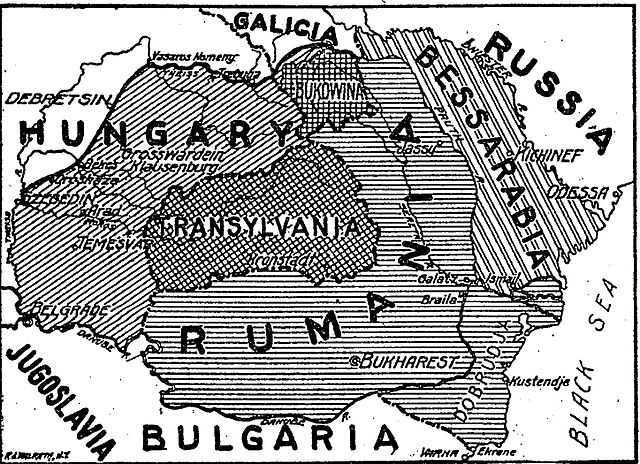The Bug-Narew Offensive from July 13 to August 27, 1915 was a major German victory during World War I on the Eastern Front. The Imperial German Army broke through 4 heavily fortified positions, inflicted defeats on superior enemy forces and pushed the Russian Army 300 km to the east, capturing 215,000 prisoners. But the German army also suffered relatively heavy casualties, about 30,000 killed and missing.
German summer offensive in the Eastern Front 1915
Eastern Front (World War I)
The Eastern Front or Eastern Theater of World War I was a theater of operations that encompassed at its greatest extent the entire frontier between Russia and Romania on one side and Austria-Hungary, Bulgaria, the Ottoman Empire, and Germany on the other. It ranged from the Baltic Sea in the north to the Black Sea in the south, involved most of Eastern Europe, and stretched deep into Central Europe. The term contrasts with the Western Front, which was being fought in Belgium and France.
Clockwise from top left: soldiers stationed in the Carpathian Mountains, 1915; German soldiers in Kiev, March 1918; the Russian ship Slava, October 1917; Russian infantry, 1914; Romanian infantry
A timeline of events on the Eastern and Middle-Eastern theatres of World War I
Border changes in favor of Romania as stipulated in the Treaty of Bucharest
World War I caricature from Russia depicting Wilhelm II, Franz Joseph I and Mehmed V. Top: "If only we could get to the top – it would be ours!" Bottom: "Let me help you with that!"





